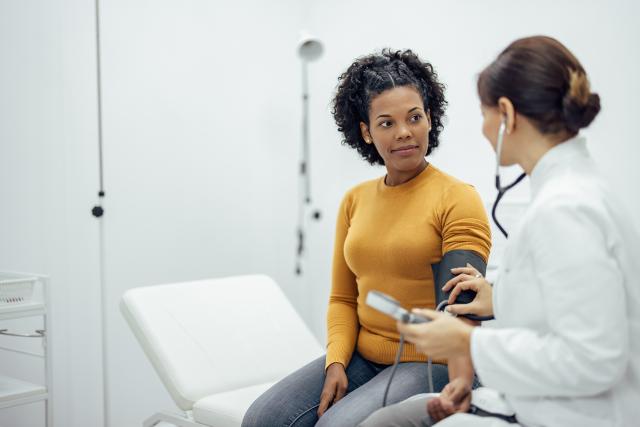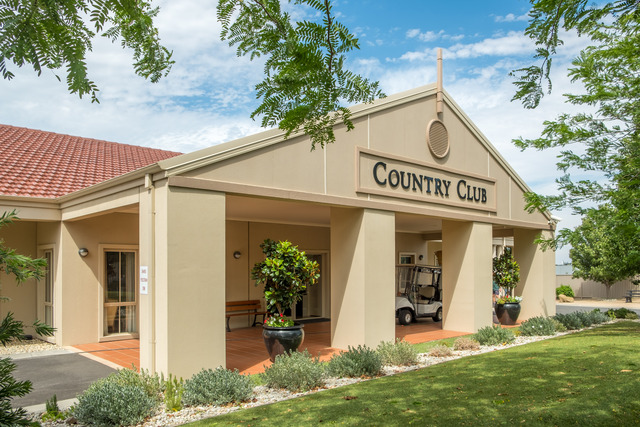You’ve probably heard people talking about Priority Primary Care Centres, or PPCCs, and perhaps wondered how they work and when – or even if – you should visit one.
These are good questions. With the whole health care system seemingly changing a lot recently it’s hardly surprising that people find it tricky to keep up with what’s what.
The best way to think about PPCCs is that they sit halfway between your regular doctor and the hospital emergency department.
They are set up to treat urgent but not life-threatening things. These might be injuries like a bad sprain or a burn or a possible broken bone, or they might be illnesses that develop quickly and make you feel crook enough to need help – but not so sick that you need to call an ambulance.
Your regular doctor, of course, could easily deal with these matters – but perhaps there aren’t any appointments available right away, or perhaps when you realise you need help it’s the evening, or the weekend.
And doctors at hospital emergency departments could also treat them. The issue there, though, is that they are very busy and committed to dealing with life-threatening conditions first. This means, if you’re unwell or injured but not in mortal danger, you might end up waiting for hours.
PPCCs are funded by the Victorian and Australian governments to fit neatly within that gap.
They are staffed by GPs and nurses and have services such as pathology and imaging, close by or in the same building. They are open seven days a week and usually for long hours.
You can make an appointment to visit a PPCC, but you can also just roll up. After you check in with the reception staff, the chances are that you will be seen, and treated, much faster than if you rocked up to the hospital.
But how do you decide whether you need the emergency department or a PPCC? Well, either way you’re supported. Every PPCC is linked directly to a hospital and to Ambulance Victoria, so if the doctor there decides you need to life-saving emergency care in a hospital setting they can get you there very fast.
What if you need help in the middle of the night and the PPCC is closed? You can log on to the Victorian Virtual Emergency Department – vved.org.au – and talk to an emergency doctor from the comfort of your couch.
All PPCCs provide treatments free (although there might be a charge for pathology and so forth), and do so whether or not you have a Medicare card.
But there are some things they are not set up to do. If you need a doctor to review your chronic disease management plan, or your asthma plan, or to help with you with an insurance or compo claim, PPCCs aren’t the place to go. Save that for your regular GP and leave the PPCCs for people who need urgent care there and then.
There are 27 PPCCs in Victoria, including several in Melbourne’s western and northern suburbs. To find your closest go to betterhealth.vic.gov.au/priority-primary-care-centres-ppccs







